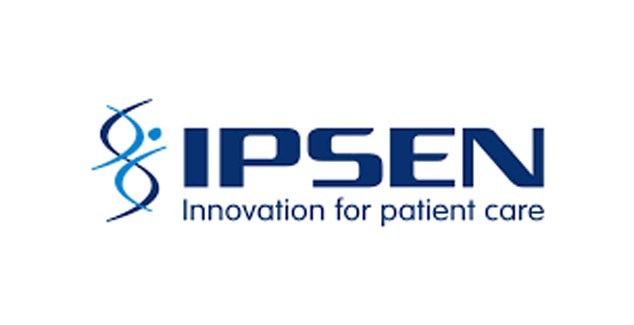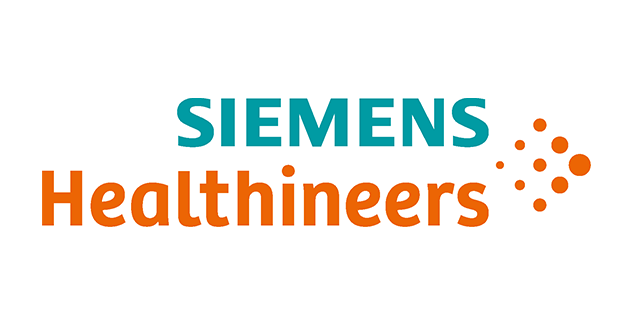Dr. Christine Tunkl1, Dr. Raju Paudel2, Dr. Lekhjung Thapa3, Dipl. Wi.inf. Patrick Tunkl4, Dr. Pankaj Jalan5, Dr. Avinash Chandra6, Sarah Belson7, Dr. Bikram Prasad Gajurel8, Nima Haji-Begli1, Sunanjay Bajaj1, Jessica Golenia1, Prof. Dr. Wolfgang Wick1,9, Prof. Dr. Werner Hacke1 & Prof. Dr. Christoph Gumbinger1
Public awareness of stroke can lead to faster recognition, quicker responses and treatments, which, in turn, may improve patient outcomes. However, in low- and middle-income countries (as in high income countries), reduced public knowledge of stroke has been identified as a barrier to timely stroke treatment.1
To try and overcome these barriers a collaboration between the Nepal Stroke Association and University Hospital Heidelberg in Germany was established.2 The aim was to improve stroke outcomes by improving knowledge of stroke in Nepal. The researchers decided that given the high number of users now on social media and the low costs for social media advertising, this could be an exciting way to reach out to a large proportion of the population.

The research team (from left to right): Patrick Tunkl, Pankaj Jalan, Avinash Chandra, Lekhjung Thapa, Raju Paudel, Christine Tunkl
“For our campaign we used social media such as Instagram, Facebook, TikTok and Twitter over a period of 6-months” explained Patrick Tunkl3 “We wanted to see whether it was feasible to launch awareness campaigns to large audiences on these platforms.”
The campaign was based on the FAST (face, arms, speech, time) acronym as well as utilising campaign materials from The World Stroke Organisation’s World Stroke Day 20214, which carried the message #precioustime and highlighted the importance of learning the signs of a stroke. These messages were translated to Nepali and disseminated across the media platforms. A website with further information and resources was also created.

Material created for the campaign adapted from WSO's World Stroke Day 2021
Both social media posts and paid adverts were utilised in the campaign. As a result, in the space of six months, the campaign was shown across the platforms over 7.5 million times, with almost 2.5 million unique users in Nepal viewing the campaign via paid advert.
With paid adverts seeming to be most successful at reaching social media users, the team wanted to assess whether they were cost-effective. On closer inspection it was shown that to reach 1,000 users the cost was less than €0.25. “We saw that the campaign was reaching high numbers in Nepal, particularly through our paid adverts on Facebook and Instagram” explained Dr. Tunkl “however these adverts were indeed cost-effective and much more so than would have been achieved through printed medias.”
The team hope that their research shows the feasibility of raising awareness of stroke through social media, with the next aim to assess how this awareness might impact recognition and response to stroke.
Author Affiliations
1 University Hospital Heidelberg, Department of Neurology, Heidelberg, Germany
2 Grande International Hospital, Kathmandu, Nepal
3 National Neuro Center, Kathmandu, Nepal
4 Tunkl Consulting, Heidelberg, Germany
5 Norvic International Hospital, Kathmandu, Nepal
6 Annapurna Neurological Institute, Kathmandu, Nepal
7 World Stroke Organization, Geneva, Switzerland
8 Tribhuvan University Teaching Hospital, Kathmandu, Nepal
9 German Cancer Research Center, Heidelberg, Germany
References
1 Baatiema L, Abimbola S, de-Graft Aikins A, Damasceno A, Kengne AP, Sarfo FS, Charway-Felli A, Somerset S. Towards evidence-based policies to strengthen acute stroke care in low-middle-income countries. J Neurol Sci. 2020 Nov 15;418:117117.
2 https://nepalstrokeproject.org
3 https://tunkl.de
4 https://www.world-stroke.org/world-stroke-day-campaign

 Member login
Member login














